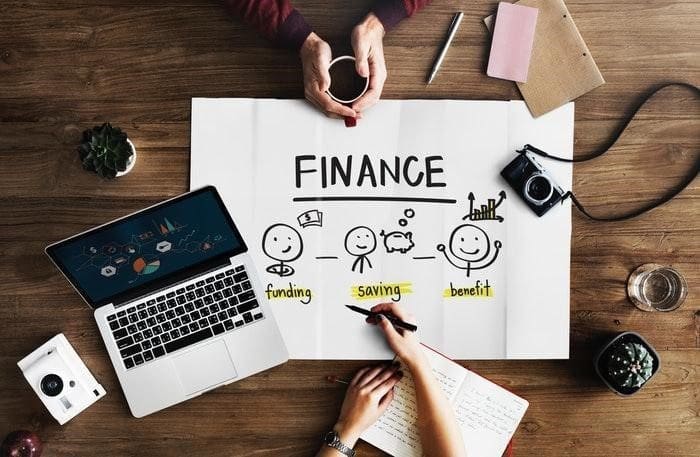
There should be no doubt that company conferences are incredibly beneficial events. Depending on the overall purpose of the meeting, the involved companies can successfully promote new products, increase sales, and do a lot to strengthen the participants’ determination and moral. Of course, all these advantages are highly dependent on the quality of the very conference. This is the point where things tend to become a bit muddled because the quality of such events, in turn, depends on a variety of factors, some of which are not entirely obvious.
Let us try to take this uncertainty out of the equation and take a look at some of the necessary steps that ensure efficient conferencing.
Set up a clear goal
Achieving any kind of success without having a clear idea of what you aim for is virtually impossible. Although highly crowd-driven, conferencing is not that different. Without some overreaching theme and a clear purpose, the conferences usually boil down to empty chatter and casual networking. So, in order to craft an efficient plan for your event, you will first need to set a clear and precise goal you want to achieve. Once you have this guideline, you can easily work backwards and identify the assets that will allow you to accomplish the set goal.
Create a budget
Successfully identifying the conference assets will then allow you to tackle another important issue – setting up the event budget. Even so, this step should be approached very carefully. Namely, you need to examine just how much money you can raise from sponsors and how ready you are to invest on behalf of your organization. Generally speaking, you can expect the biggest expenses in the following areas:
- Speaker fees
- Catering and entertainment
- The cost of the venue
- The cost of transportation
Set the agenda
The conference agenda is the drafted timeline of the activities you want to perform. If we take a look at Australia that has experienced a very vivid conference life over the last couple of years, we can say that a reasonable time for the entire event should be somewhere between 8 AM and 4 PM. The activities should represent the mix of professional speakers, small workshops, and free time that can be used for networking. Also, you should take into account the time necessary for meal breaks. Once the official part of the conference is over, you can invite the guest to some other, less formal form of entertainment.
Prepare the promotional material
Allowing the conference attendants to go home without some sort of promotional material and branded merchandise is an unforgivable mistake. That is why you have to make sure that every visitor gets some kind of document that can serve as a quick reference to discussed topics and hopefully instigate the audience to take further steps (depending on the conference goals).
If we once again turn to the Land Down Under, for example, we can find more than enough printing services in Eastwood and other thriving business hubs that have, by now, become very experienced in producing the material of this type. Providing custom clipboards to go along with those documents is a great idea as well.
That way, you can ensure that the material provided will be safe and won’t end up being thrown in the trash.
Market the event
In order to accomplish the desired effects, the scope and the impact of the conference you have to make sure the event is sufficiently marketed and publicized. The benefits are twofold. First, efficient marketing sets up the tone of the conference, creates the feeling of anticipation, and allows the participants to get familiar with the themes you are going to address. The second benefit that can be achieved with extensive marketing action is pushing the scope and the impact of the conference beyond the intended focus groups and opening up new networking opportunities.
Plan the follow-up activities
When we talked about the importance of promotional material, we briefly mentioned that an efficient conference should incentivize the attendants to make further interaction with your organization. No matter whether you are sending an invitation to the following event or you are trying to engage in a business relationship, these activities should be carefully planned and set in motion before the conference even starts. Also, the events of this scale always leave a plethora of information that can be processed, analyzed and learned from. Keep in mind these things as well.
These six tips represent a very rough, but also very functional blueprint you can use to make conference planning far less stressful and much more streamlined. Being the events driven by attendance and the very participants, some unknowns will always escape our direct control. Still, as long as we set the entire event into a well-designed and serviceable frame, the results will inevitably manifest.

Be the first to comment